A study carried out using radiography has revealed surprising figures about visitor trends to the Sagrada Familia.
80% of Tourists don’t go inside the Sagrada Familia – a study has been carried out to find visitor trends at the popular tourist site in an attempt to control the huge influx of people. The study used radiography to reveal that 24% of passers-by are foreigners, the rest are Spanish tourists or people who live in the vicinity.
New x-ray technology can now determine specific details about a large number of people in an established area. The city council has looked closely into the relentlessly busy Sagrada Familia, with results showing that 80% of people don’t visit the inside of the basilica and are therefore limited to taking photos of the exterior, and that a quarter of all visitors are from abroad.
Augstí Colom who works for the tourist board has presented the initial results of the research to control the amount of people in the area last Wesdneday at Smart City Expo. During the four weeks of July, wifi sensors, GSM and 3D cameras were installed in the area, and vehicle and pedestrian movements were monitored to reveal patters of behaviour.

La Sagrada Familia designed by Antoni Guadi is a popular visitor attraction in Barcelona.
And although the crowds of people outside the church initially seem to be dominated by foreign visitors, they only represent 24.1% of the area’s hustle and bustle. The biggest group of passers-by are from Barcelona, followed by the rest of Catalonia (at this moment in time the data cannot distinguish between those who visit for work-related purposes and those who visit as tourists), which is then followed by 11% of visitors from other provinces. People from Madrid make up the biggest part of this 11%, followed by Tarragona, Girona and Valencia. The large amount of data has made it possible to determine numerous elements, however Colom says the full results won’t be ready until early next year, when plans to control the influx of people can be deliberated.
The research in July used an algorithm to discard locals from the data collection (people who stayed in the area for less than 10 minutes, or people who visited on more than one occasion over a 7 day period). In 80% of cases, people spent less than 100 minutes in the area and did not enter the cathedral. Half of those people stayed for less than 40 minutes and 20% stayed for between 10 and 20 minutes presumably just to get a good photo!
A project has been developed with Eurecat and the Fundació Mobile World Capital Barcelona, however it is only the first step in tackling the overcrowding of the area, explains Colom. The most popular entry spots to the Sagrada Familia have been identified as Mallorca and Marina and people who arrive my metro most frequently take the Provença-Sardenya exit from the Sagrada Familia station. This information is important so that a plan can be devised to optimise popular metro routes and also minimise the negative impacts of the high usage.
The main aim of the project is not only to cushion the effects of the tourist boom on one of the city’s most iconic landmarks, but also the consider the project as a prototype that can be applied to other crowded visitor areas. “It is potentially applicable to other areas” emphasised Colom. It is a task that involves everyone coming together, adapting and listening to the alarm bells that have already acted as a warning sign of problems with tourists and locals coexisting.
If you would like to read about some specific topic click on the button below and SHARE YOUR THOUGHTS!
Source: El Periódico
Image credit: static.deezen.com


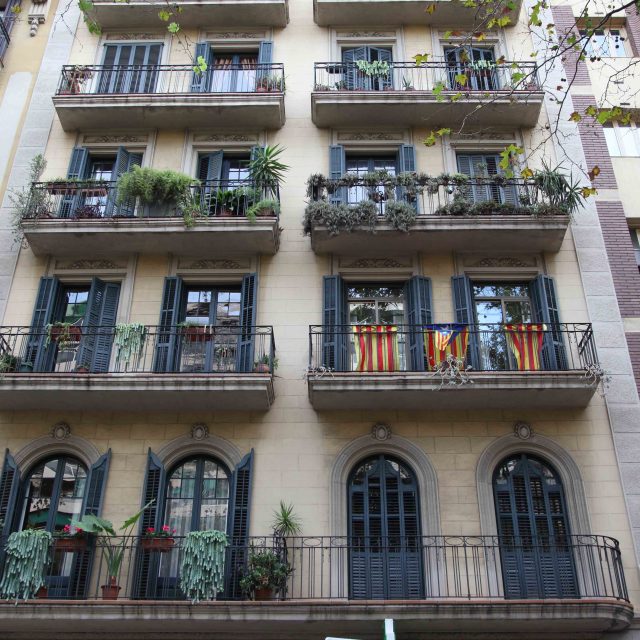
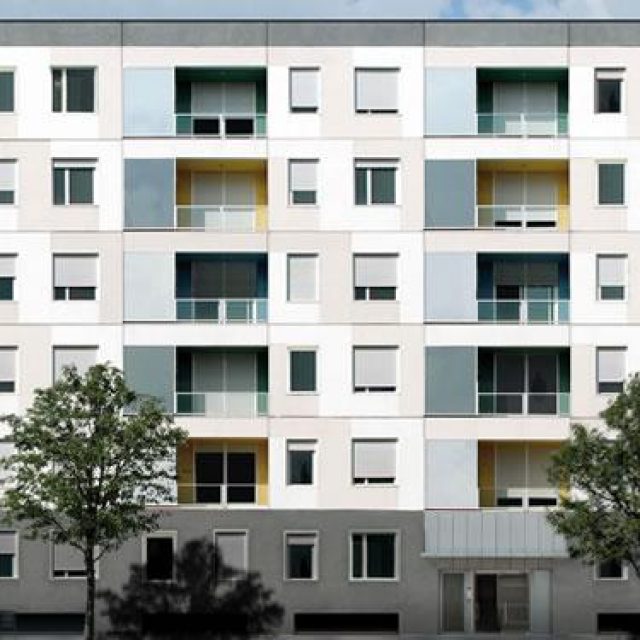

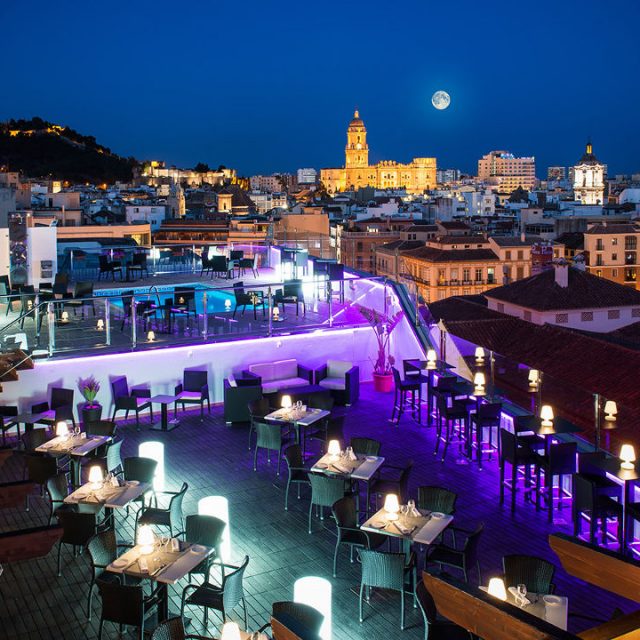
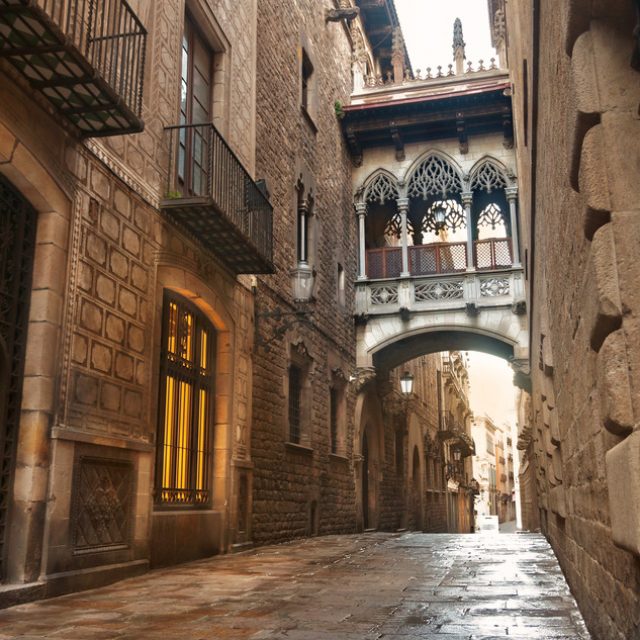
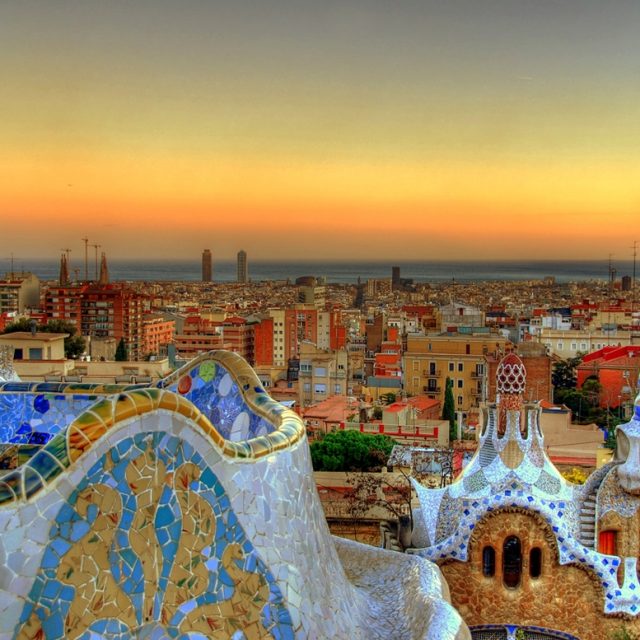

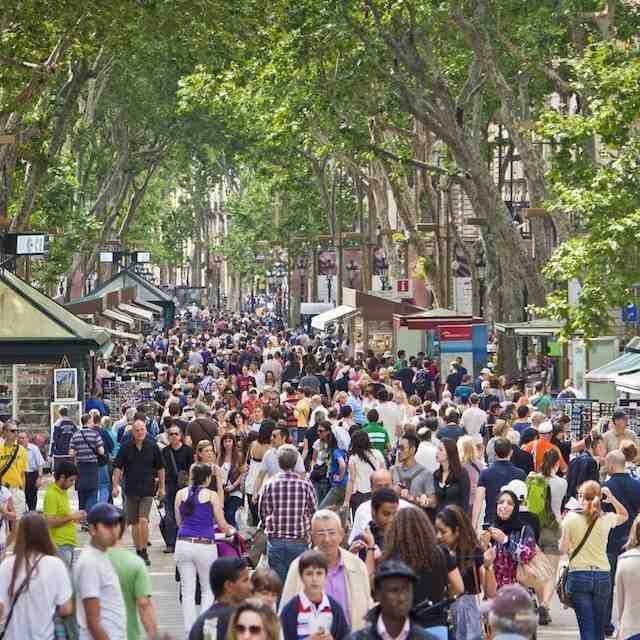





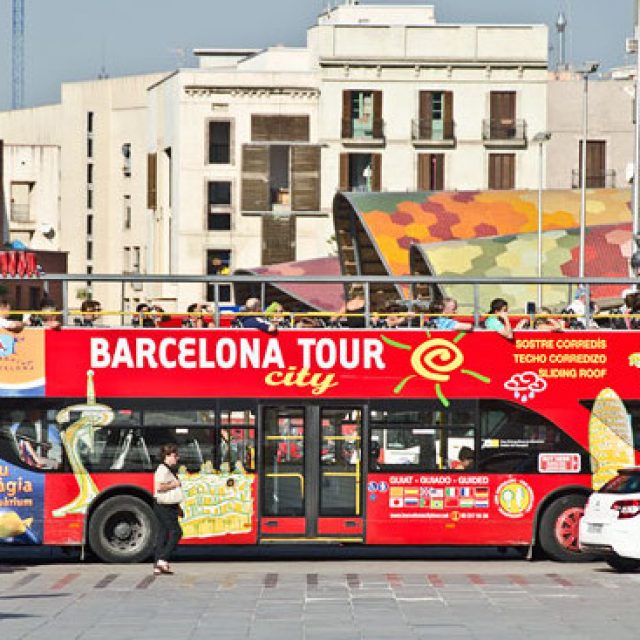
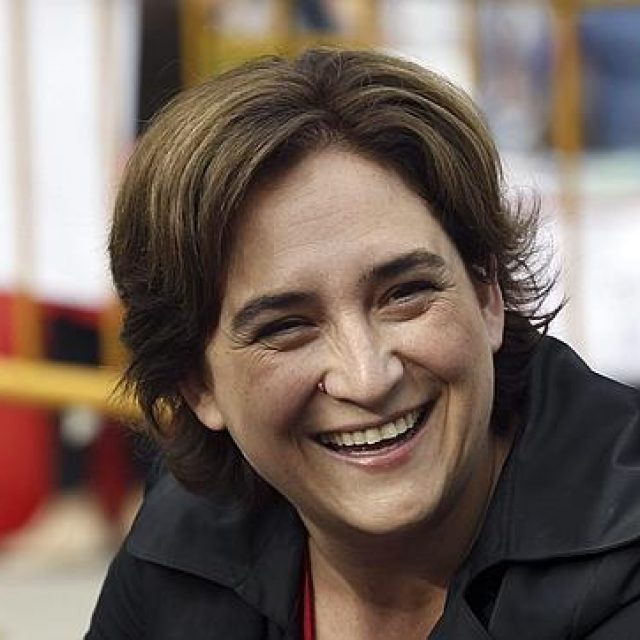
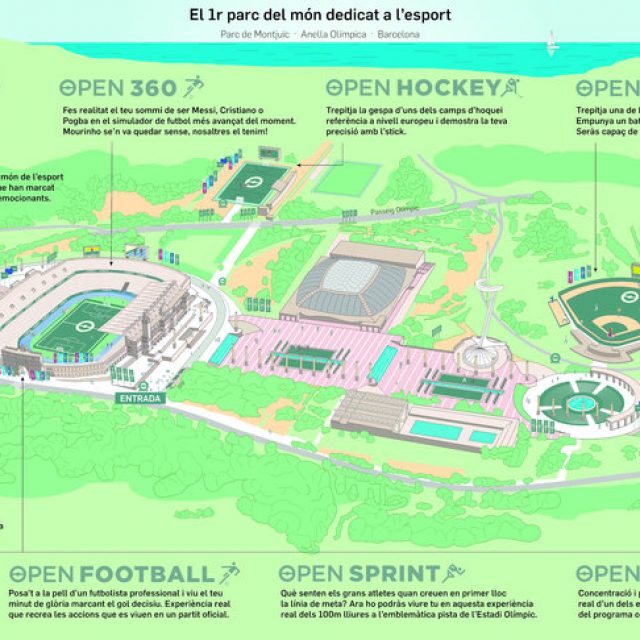
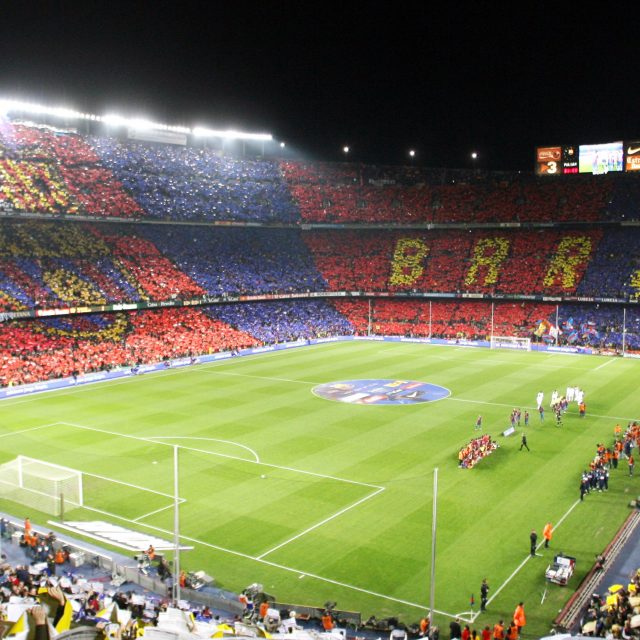
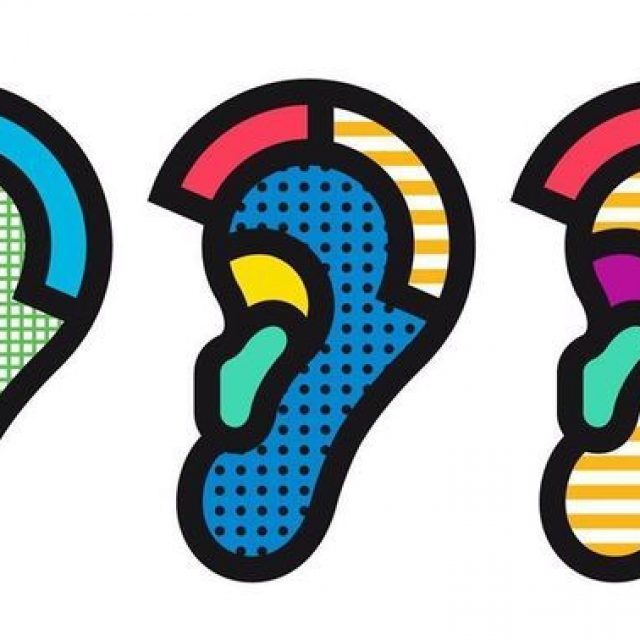
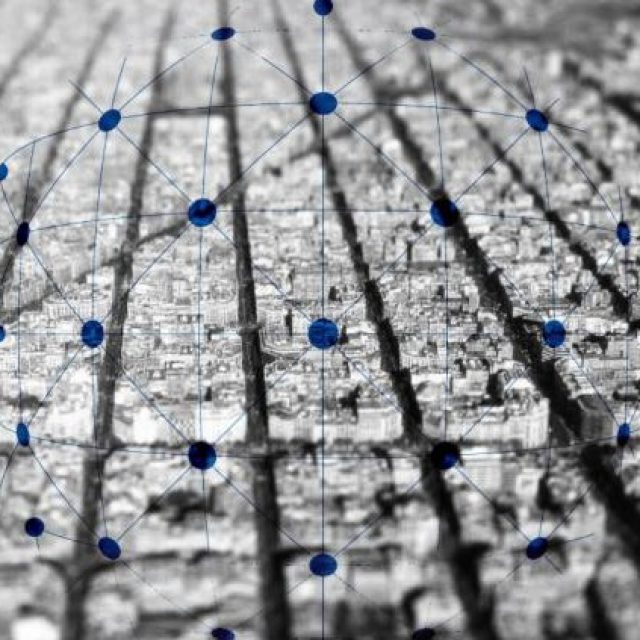


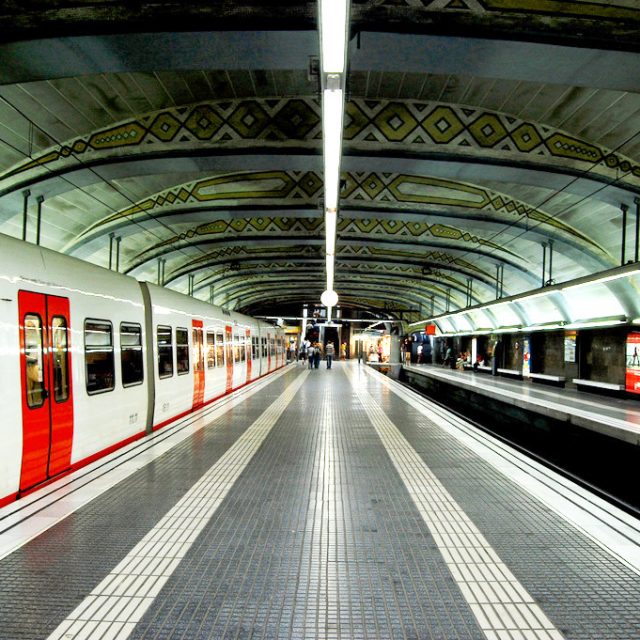

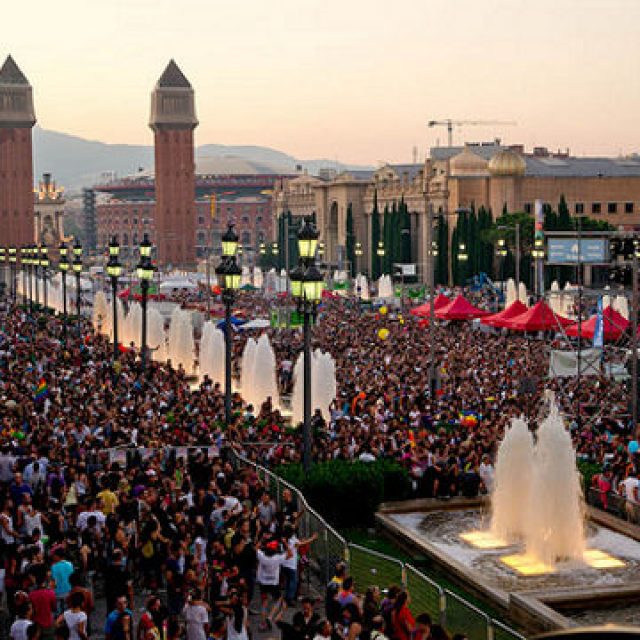
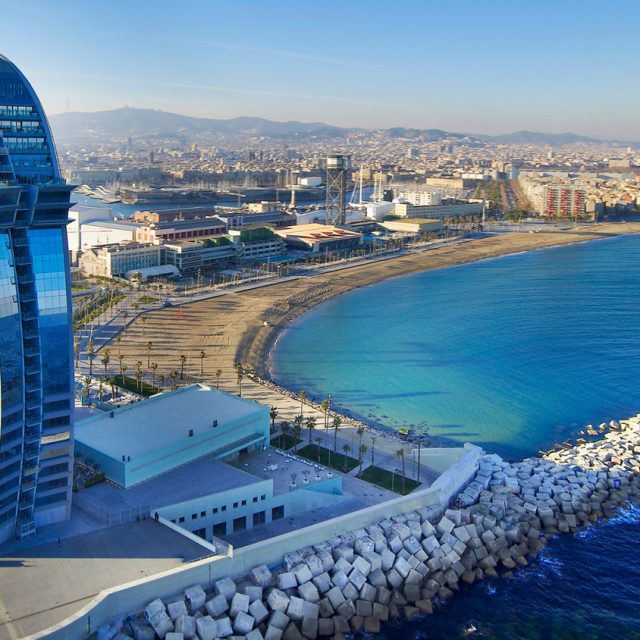
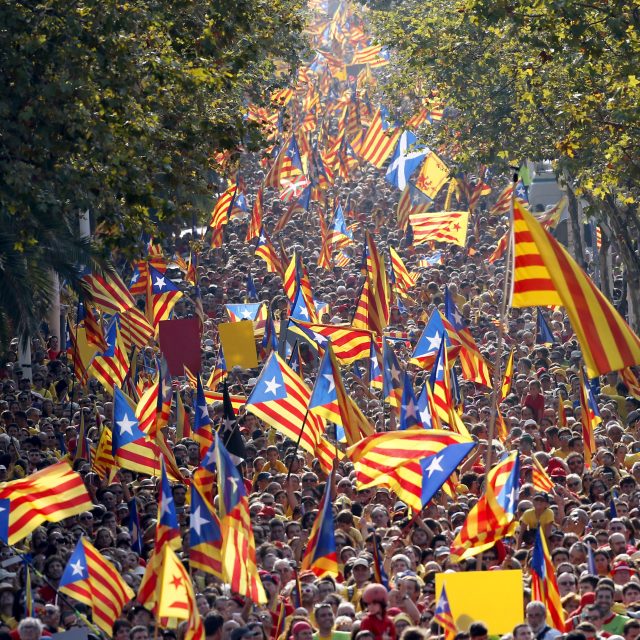
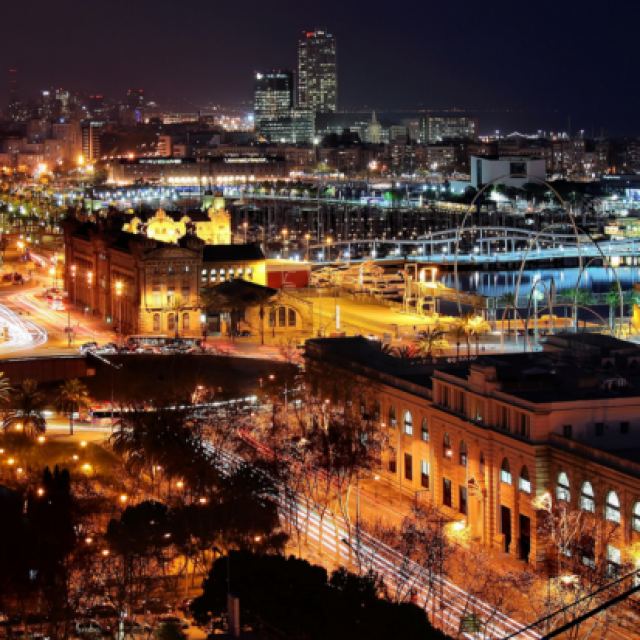



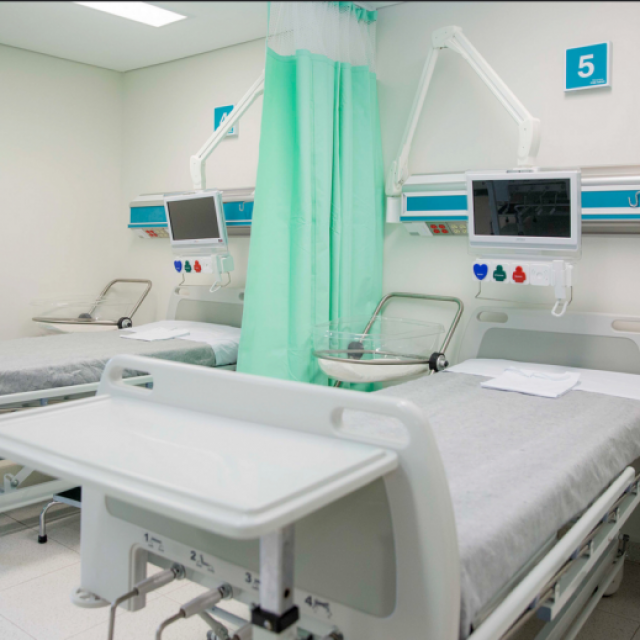
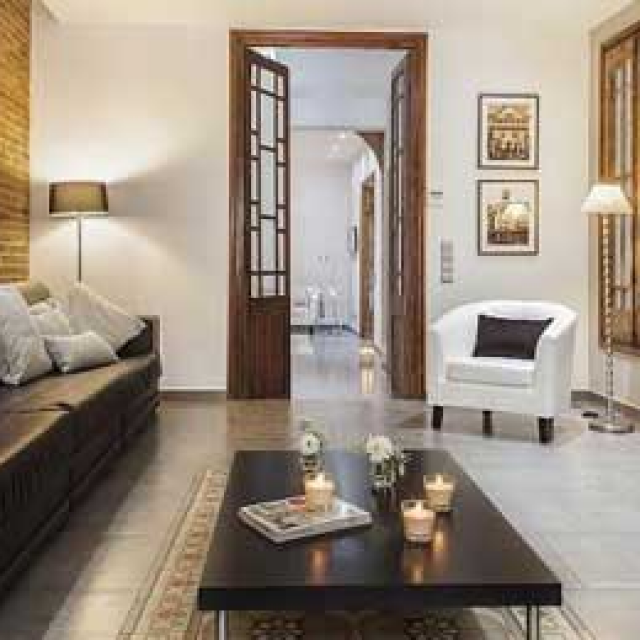

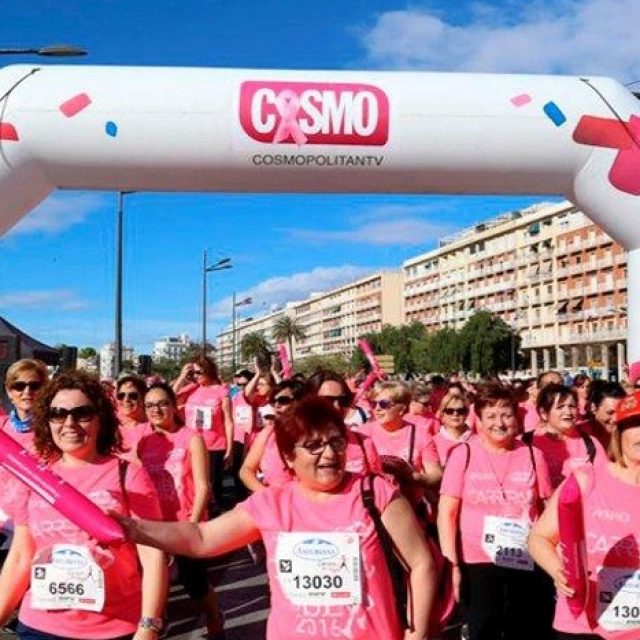

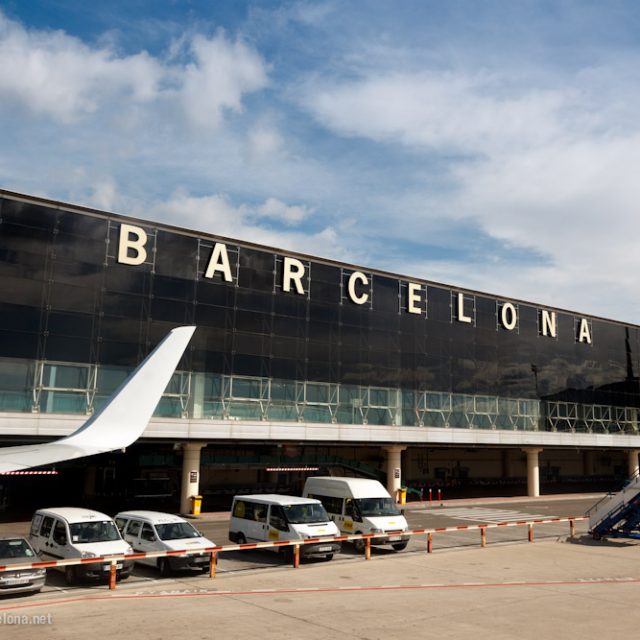
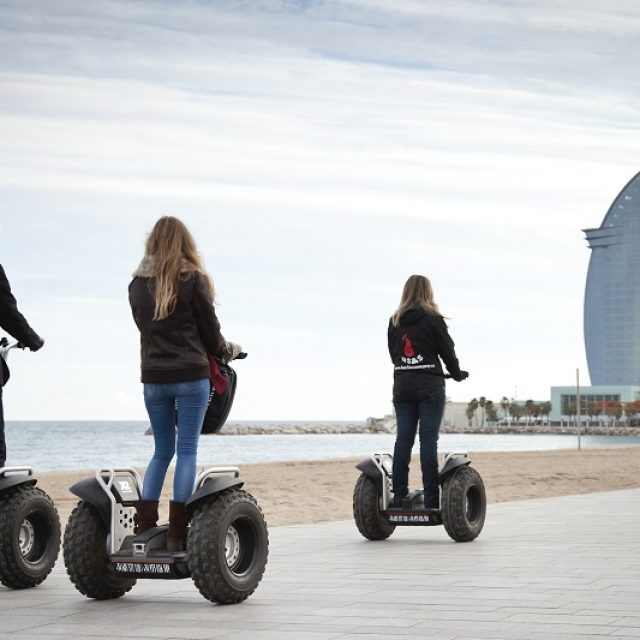
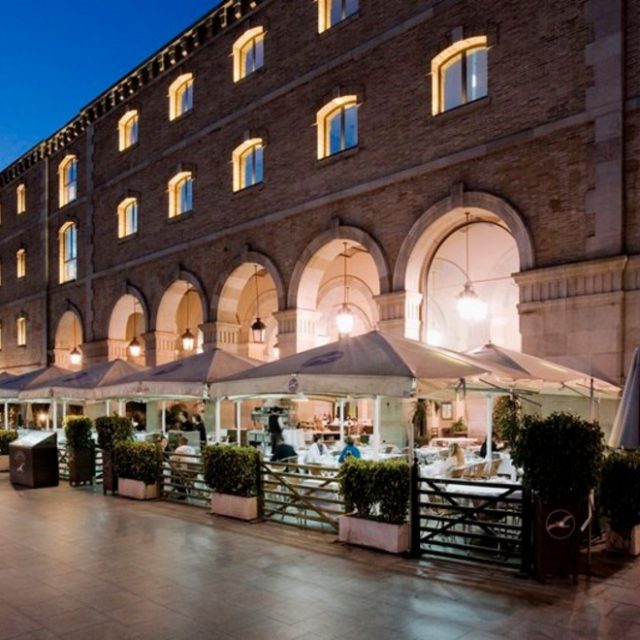
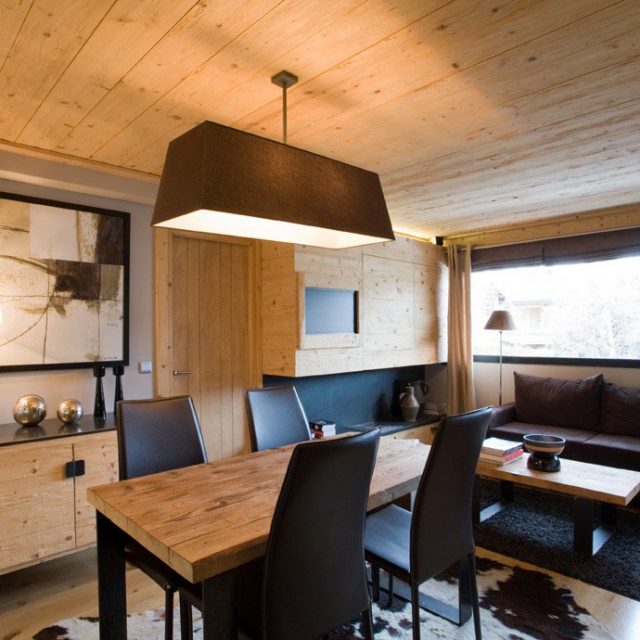


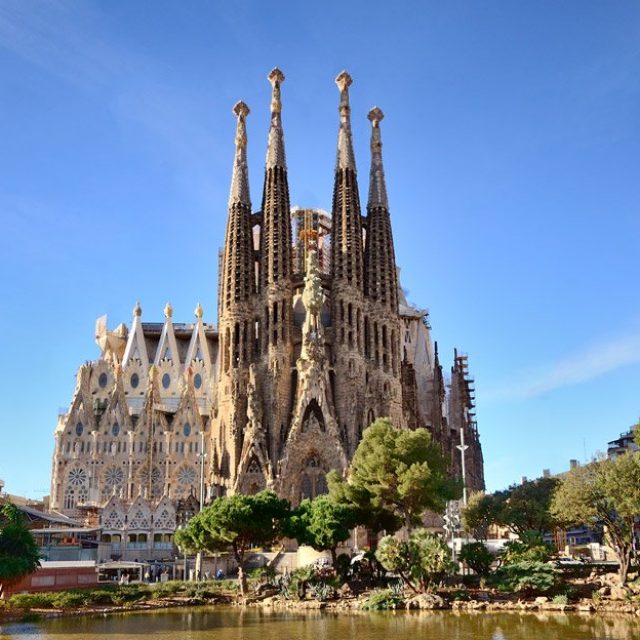

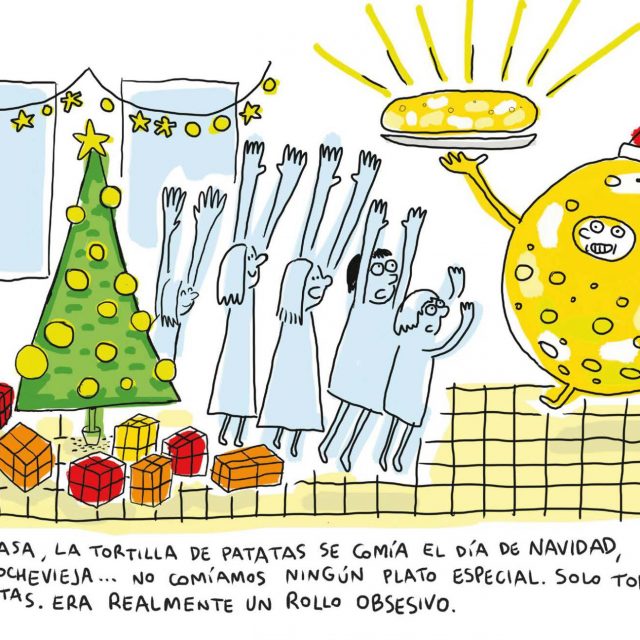

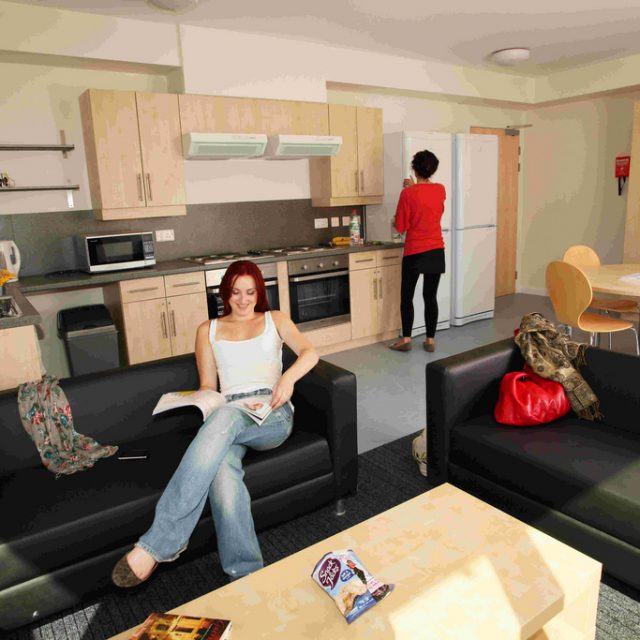
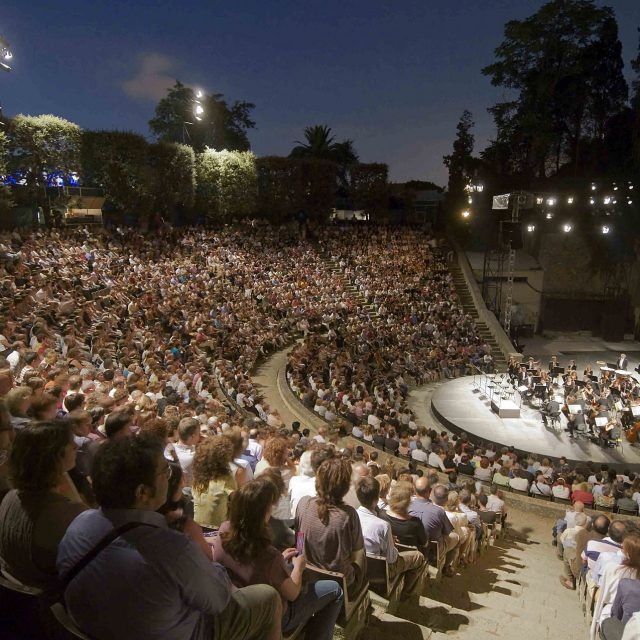

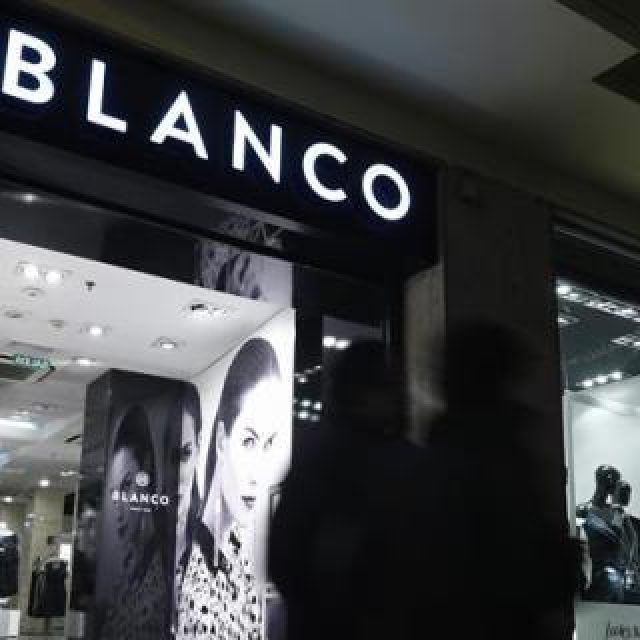











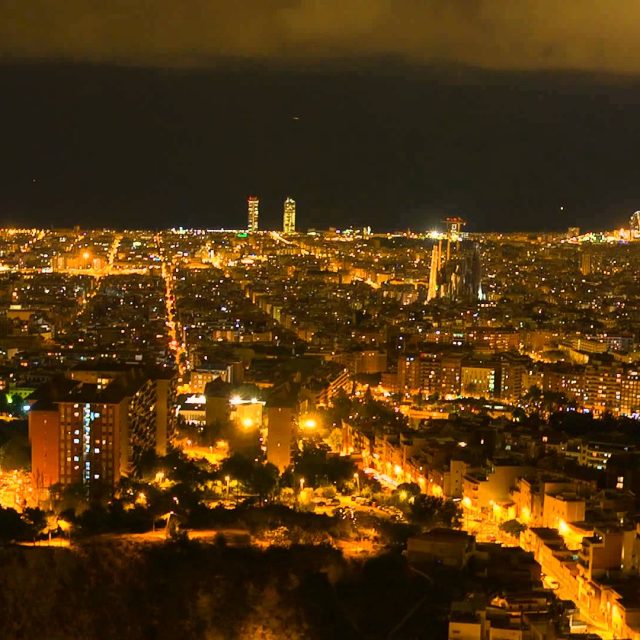
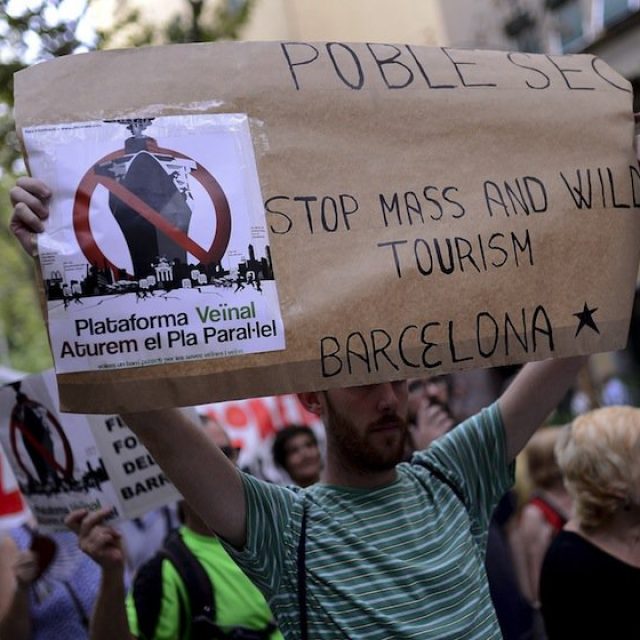

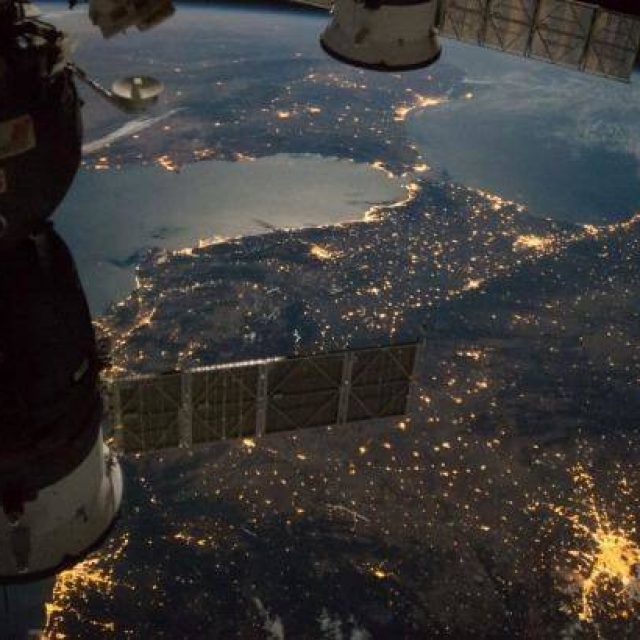
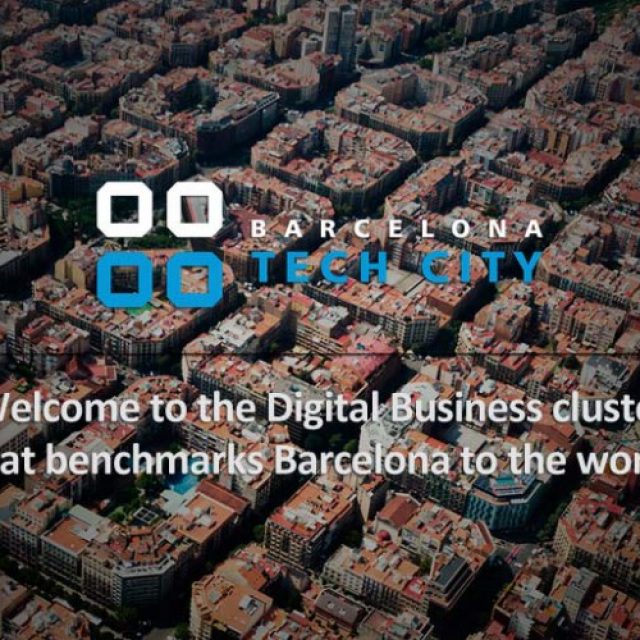
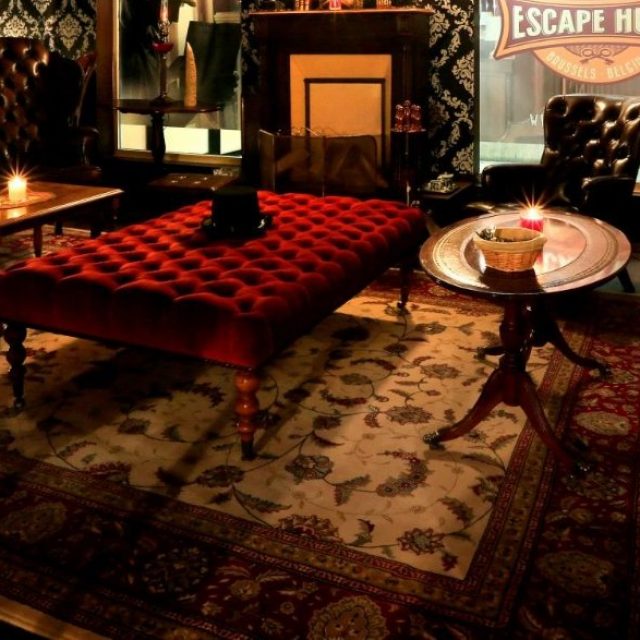





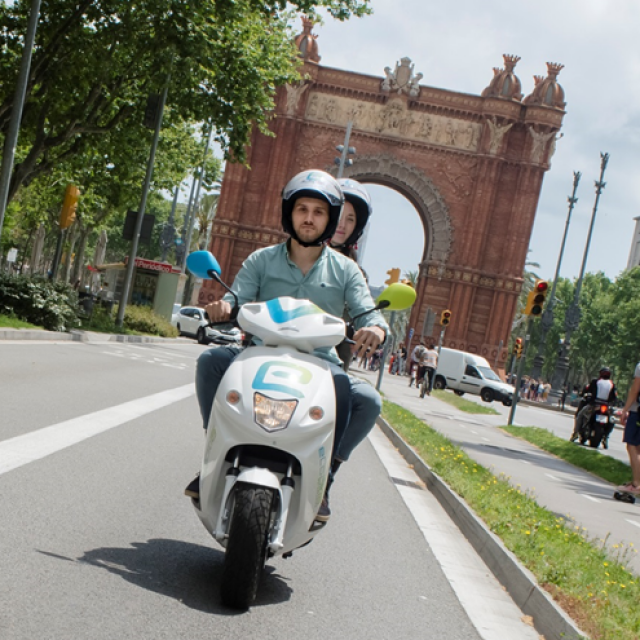


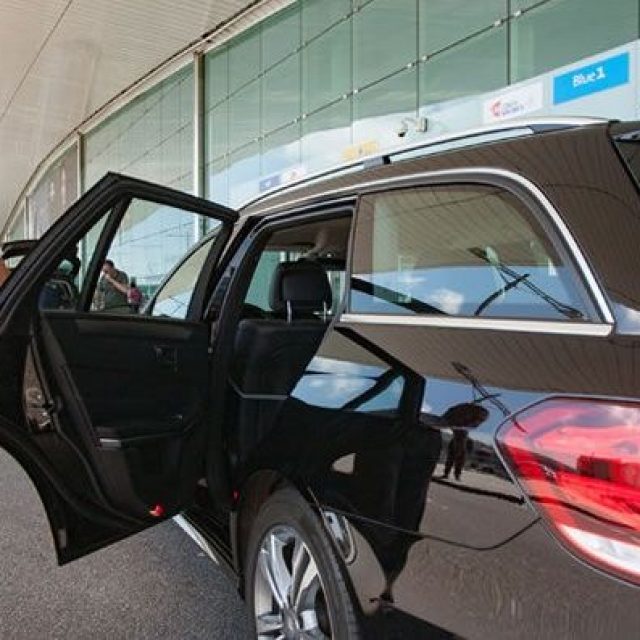
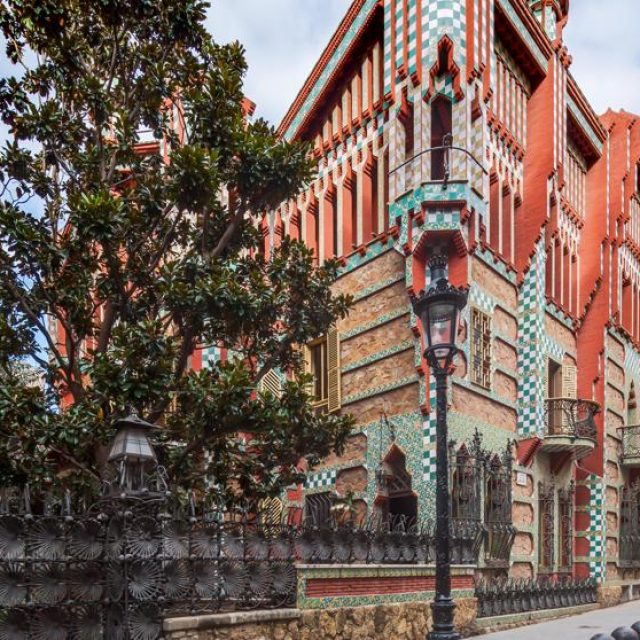
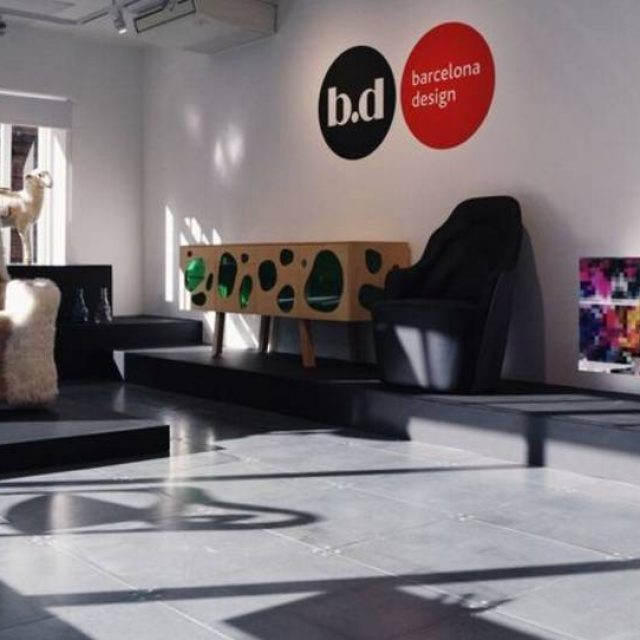
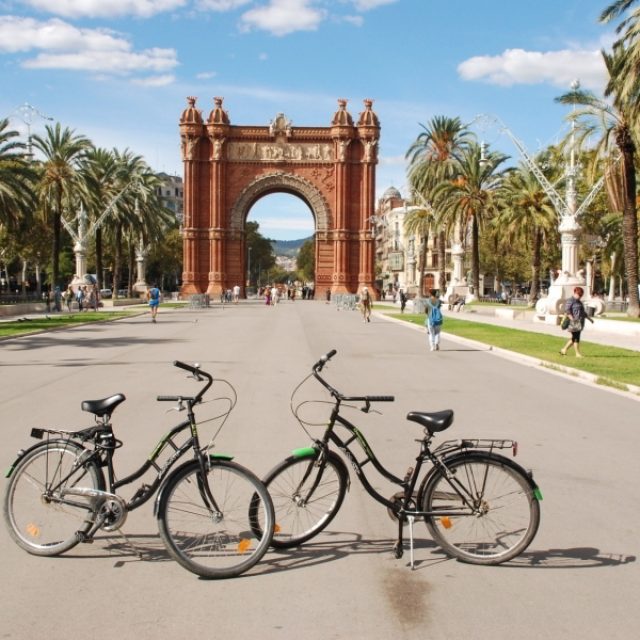
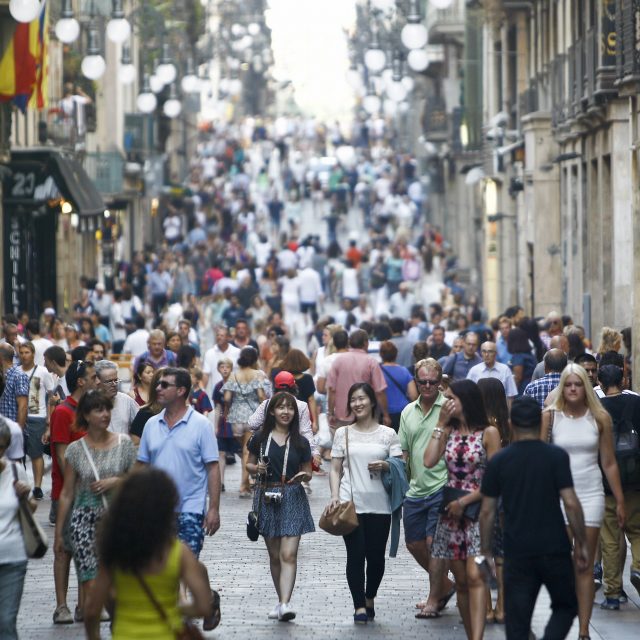

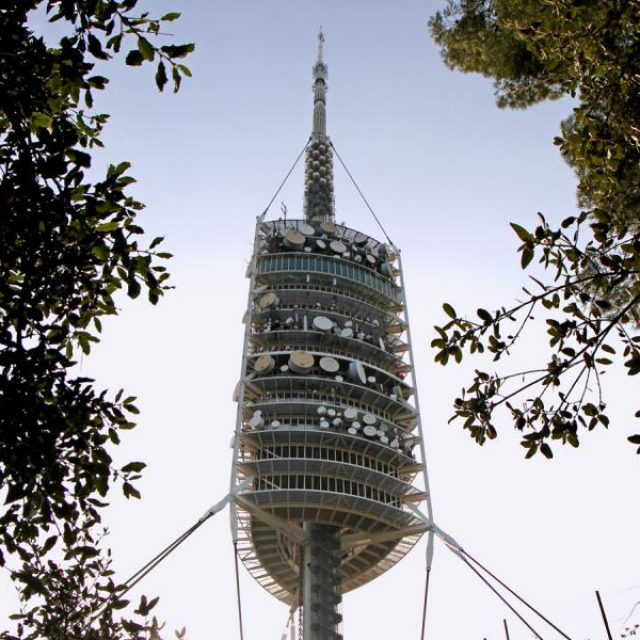


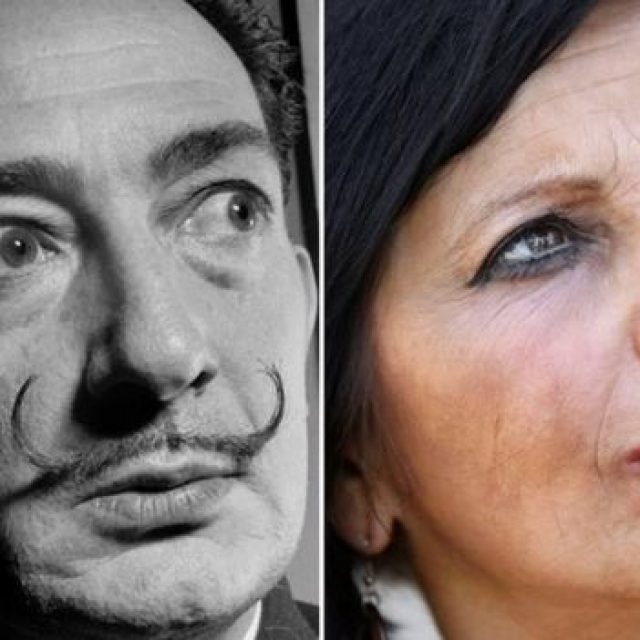




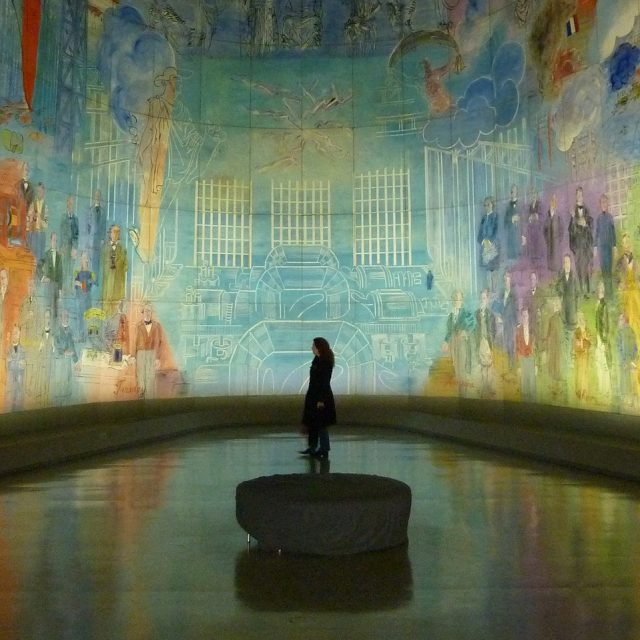




Who a beautiful monument like the Sagrada can be visited by only 20% of tourist ? Because is to expensive and people don’t want to pay so much !
Yes, the price is currently 18 euros. Depending on the tourists the price may appear more expensive to others while others find the price very reasonable. It is a complex situation and the faculty who works with La Sagrada Familia are ensuring that the they offer the best possible prices considering their resources.